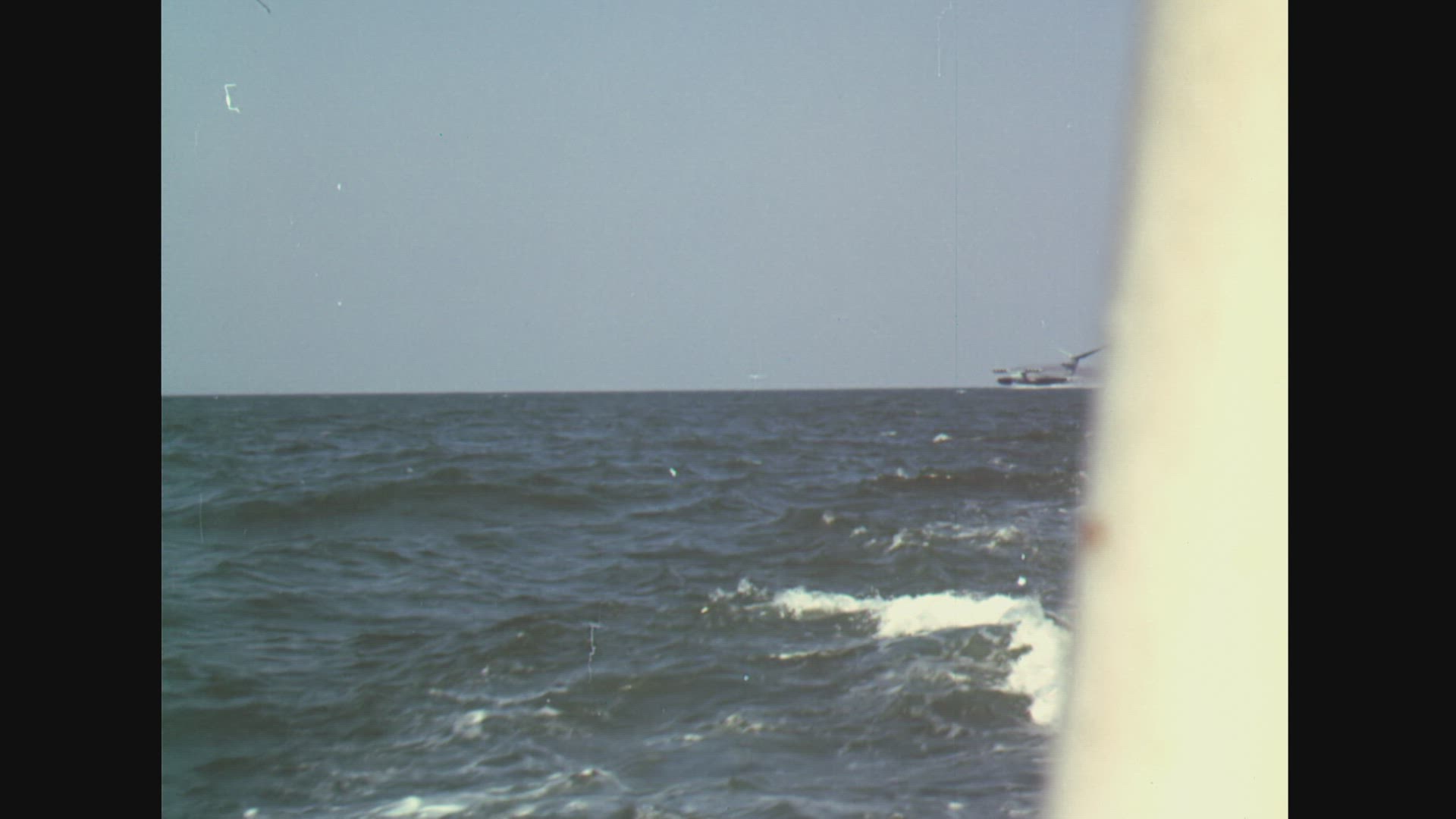Loading...
Search
> Archive fp-150KM Korabl Maket Ekranoplan Caspian Sea Monster
Clip ID 2137883
Creator Archive fp-150
Clearance
Proxy
Add to
Share
Add to Review Link
Select Your License
$ -
prores | 25.000fps | 1920x1080 | 234.82 MB
Per clip rates are for 20 seconds of final usage. If you are using more then 20 seconds or need a different file format or have questions about clearances contact us
Description
he KM (Korabl Maket) (Russian: Корабль-макет, literally "Ship-prototype"), known colloquially as the Caspian Sea Monster, was an experimental ground effect vehicle developed in the Soviet Union in the 1960s by the Central Hydrofoil Design Bureau. The KM began operation in 1966, and was continuously tested by the Soviet Navy until 1980 when it crashed into the Caspian Sea.
The KM was the largest and heaviest aircraft in the world from 1966 to 1988, and its surprise discovery by the United States and the subsequent attempts to determine its purpose became a distinctive event of espionage during the Cold War.
The KM had a wingspan of 37.6 metres (123 ft); a length of 92 m (302 ft); a maximum take-off weight of 544 tonnes (535 long tons; 600 short tons); and was designed to fly at an altitude of 5–10 metres (16–33 ft) to use the ground effect.
Keywords
Related Footage

2137880 - A-90 Orlyonok Soviet Ekranoplan
2137880 - A-90 Orlyonok Soviet Ekranoplan
00:00:19 Clearance Not Needed
Archive fp-150

2137881 - A-90 Orlyonok Soviet Ekranoplan
2137881 - A-90 Orlyonok Soviet Ekranoplan
00:00:21 Clearance Not Needed
Archive fp-150

2137882 - A-90 Orlyonok Soviet Ekranoplan
2137882 - A-90 Orlyonok Soviet Ekranoplan
00:00:21 Clearance Not Needed
Archive fp-150

2137884 - KM - "Korabl Maket" Ekranoplan - the Caspian Sea Monster
2137884 - KM - "Korabl Maket" Ekranoplan - the Caspian Sea Monster
00:00:15 Clearance Not Needed
Archive fp-150